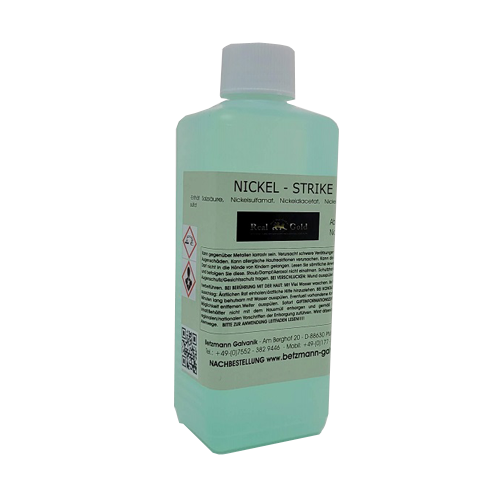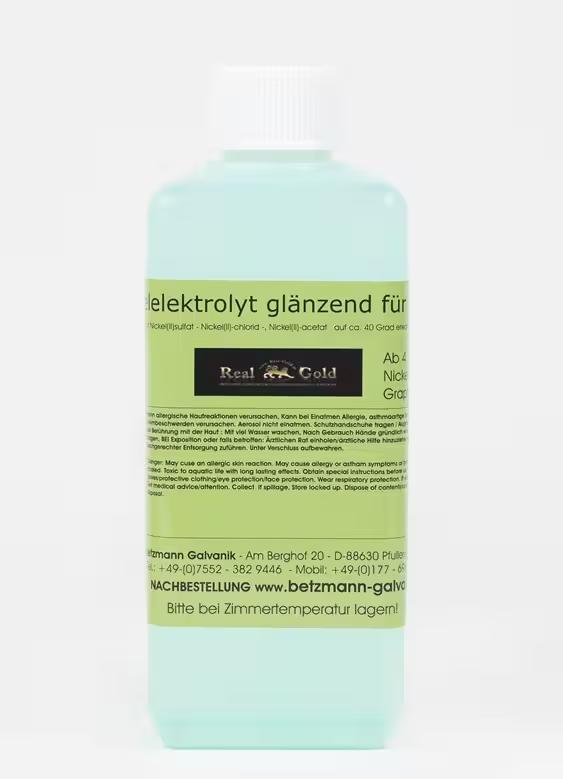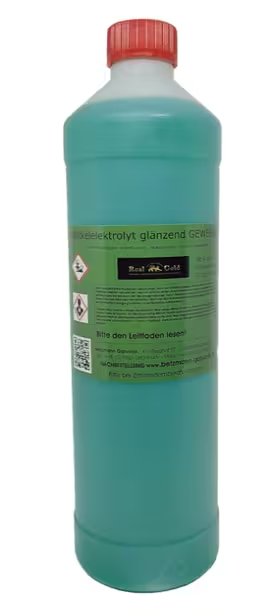Nickel anode sheet
















€8.50*
Available, delivery time: 1-2 days
Product information "Nickel anode sheet"
Nickel Bath Plate Electrode from Betzmann Galvanik
Plate anode made of pure nickel for bath electroplating
Sacrificial anode for galvanic nickel plating, nickel layers are mainly used as a diffusion barrier when gold plating copper or as an intermediate layer when tin plating
pure nickel with a purity grade Ni 99,8%
sheet thickness 0,5 mm
available in sizes S (25 x 150 mm), M (50 x 80 mm), L (100 x 150 mm) and XL (170 x 200 mm)
larger blanks as well as sheet thicknesses 1.0 and 1.5 mm on request
material: nickel
size: L - 100 x 150 mm, M - 50 x 80 mm, S - 25 x 150 mm, XL - 170 x 200 mm
purity grade: 99,8
Similar Items
Content: 0.1 Liter (€95.00* / 1 Liter)
Content: 0.1 Liter (€95.00* / 1 Liter)
Content: 0.1 Liter (€148.00* / 1 Liter)
Content: 0.25 Liter (€33.60* / 1 Liter)




